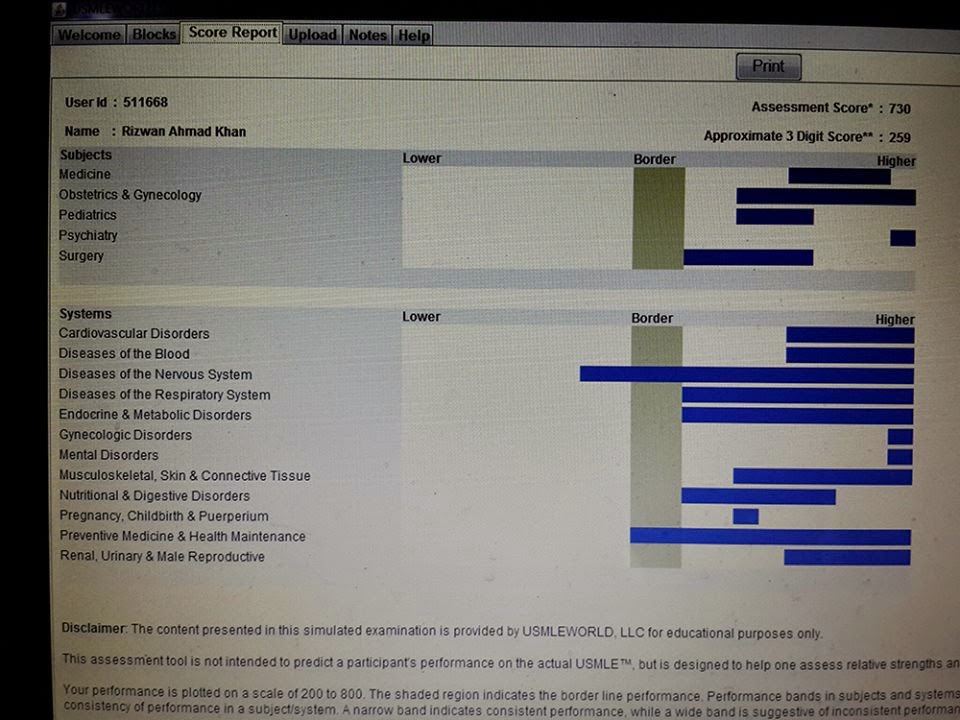
A pressure bandage is immediately applied and consultation is obtained with a surgeon, who wants to take the patient immediately to the operating room.Hello, I'm Samuel, an M.D. Examinations of the chest and abdomen are unremarkable. Removal of the towel discloses a 9-cm laceration with obvious arterial hemorrhage and tendon exposure. He appears pale and he has a large, blood-soaked towel wrapped around his left forearm. The patient's vital signs are temperature 36.5☌ (97.7☏), pulse 134/min, respirations 22/min, and blood pressure 70/40 mm Hg. He has an appointed legal guardian who has been contacted and is due to arrive at the hospital in approximately 45 to 60 minutes. The patient lives in a group home with three other individuals and the caregiver it is apparent from talking to the patient that he has limited intellectual capacity. The caregiver reports that the patient cut himself with a knife, but it is unknown whether this was a suicide attempt. (E) "Would you like to tell me more about why you feel this way?"Ī 17-year-old boy is brought to the emergency department by a caregiver after sustaining a large knife wound to his left arm. (D) "I'd like to refer you to a counselor." (B) "Have you considered moving to an assisted living facility where your quality of life could be much better?" (A) "Do you think you're depressed? I can help with that." I've had it." Which of the following is the most appropriate response? The patient says, "I cannot continue to live as I am. Physical examination discloses marked joint deformities in the hands, wrists, shoulders, and feet the findings are unchanged from previous visits. She tells you that her husband of 30 years left her 6 months ago.

Medications include etanercept, methotrexate, prednisone, and tramadol. Medical history is otherwise unremarkable.

She has difficulty bathing and dressing, but she is able to stand and walk independently. Rheumatoid arthritis was diagnosed at age 35 years, and the patient has been unable to work for the past 10 years. Which of the following cell types is most affected by this patient's condition?Ī 54-year-old woman with severe rheumatoid arthritis comes to the office for a routine follow-up examination. Sensation to pain and temperature is decreased at the lower costal margin and below, most pronounced on the right. Proprioception and sensation to vibration are absent over the left lower extremity and decreased over the right lower extremity to the level of the hip. Deep tendon reflexes are normal in the upper extremities but hyperactive in the lower extremities, especially on the left.

Examination shows spastic lower extremities and moderate weakness of the left lower extremity, more prominently in the flexor than in the extensor muscles. His temperature is 37☌ (98.6☏), pulse is 55/min, respirations are 10/min, and blood pressure is 110/70 mm Hg. He is 157 cm (5 ft 2 in) tall and weighs 55 kg (121 lb) BMI is 22 kg/m 2. He had an episode of optic neuritis in the right eye 3 years ago. He began to notice some problems with his balance 2 days ago, and his walking has become progressively worse since then. A 27-year-old man is brought to the emergency department by his roommates because of an inability to walk.


 0 kommentar(er)
0 kommentar(er)
